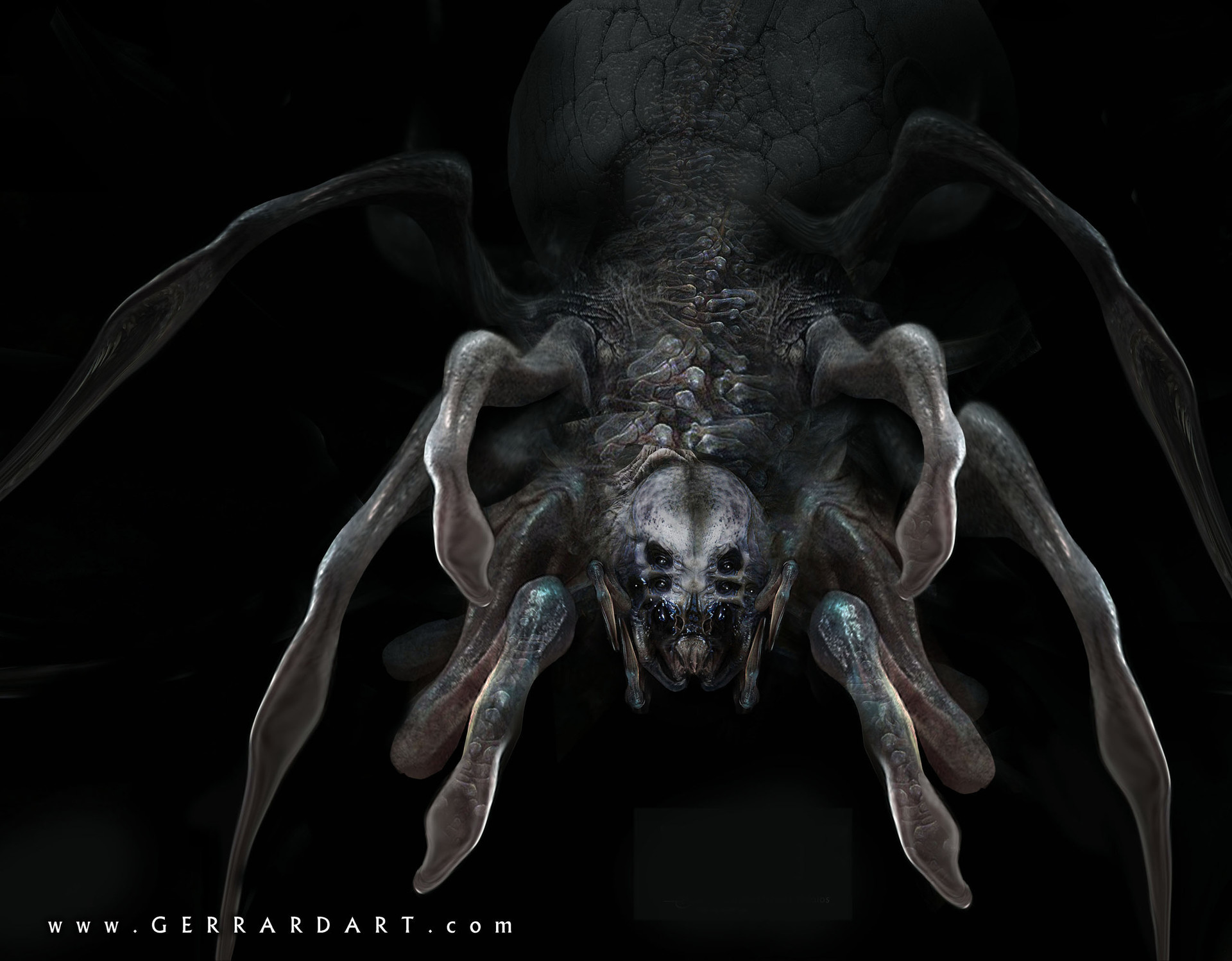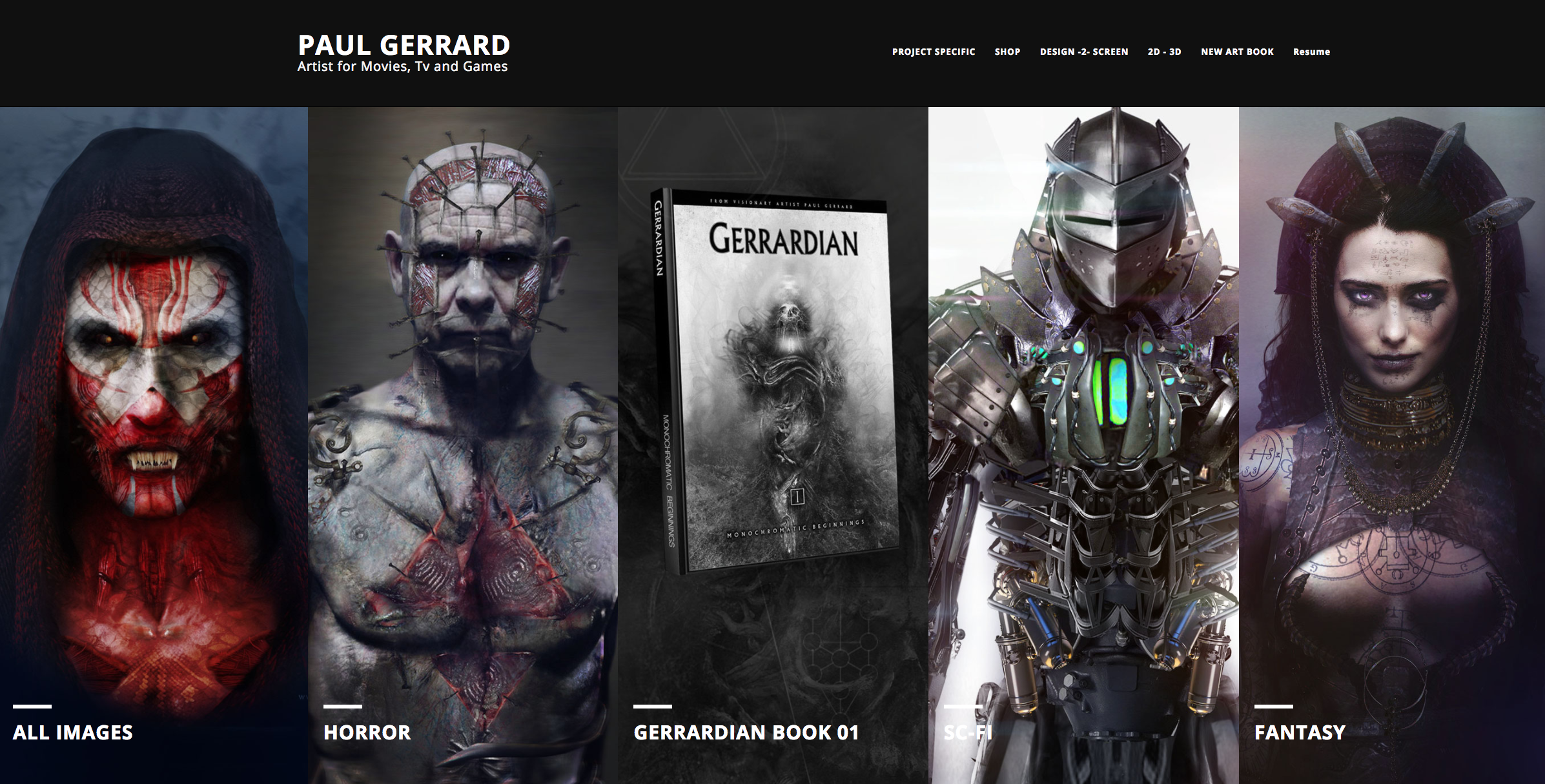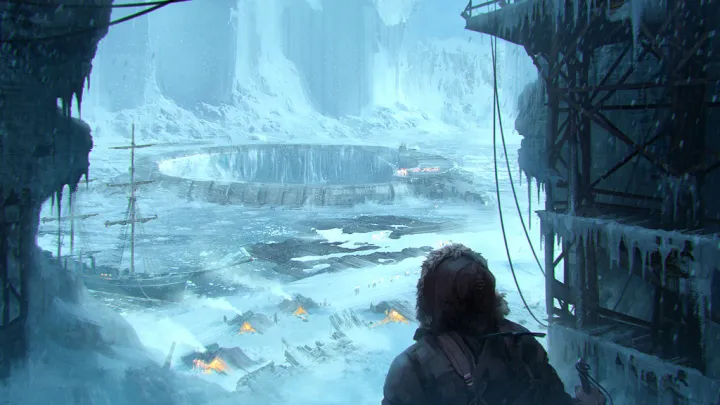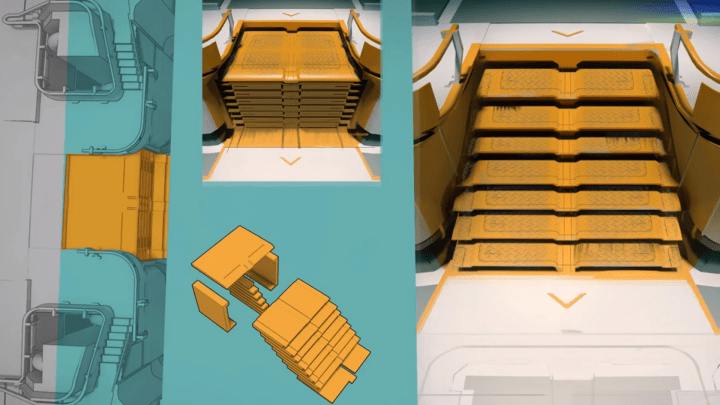Featured Pro Portfolio: Paul Gerrard
Paul Gerrard is a concept artist for film, television and games with more than 15 years of experience under his belt. He has utilized the ArtStation Pro website builder to create a clean and organized portfolio website that showcases his all his work. Most recently, he designed concepts for The Shannara Chronicles 2 has just released them on ArtStation.
Check out Paul’s ArtStation-powered portfolio website.
In this interview, he shares his design process for Shannara and his approach on creating original concepts.
Tell us about your design process in The Shannara Chronicles 2.
I am often brought onto a project when it is in its infancy stage. For Shannara 2, the scripts where not finalized and the team was scattered all over the globe yet even at that early point it was imperative to start to get an idea as to what the main antagonists would look like. I read the initial treatments and began my process. It’s a three step process for each character, a process I have developed over time and have used on every piece of design work to date. Research, foundation, variation. I consume all the research, and literature I can get my hands on and all the notes from the team then begin the processes of exploration and experimentation. It’s very important not to be too rigid in this stage. Yes, there will be design briefs but I always try to find time to explore as many possibilities as I can and throw in a few wild cards.
What is your approach when creating original evil creatures?
Mood, tone and pure realism. It sounds crazy but you have to feel the mood of the character, and translate that to the artwork. They has to make you feel uneasy. Taking a human form for example and tweaking it so that your subconscious mind can’t quite fathom its direction but your conscious mind soaks up the realism, that uneasy juggling act is what pulls someone into the image.
Originality comes from iconography. Memorable iconic design. If I do my job right then regardless if a show/movie is successful or not, you will always remember the look/design of the character. In particular the evil ones. What kind of training/experiences brought you to land this job?
What kind of training/experiences brought you to land this job?
My career started as a mixed media digital artist, dark surrealism which was printed on canvass and exhibited in a number of galleries in New York and Germany around 2002. Gallery work however was not meant to be my future and at the same time I was posting work on-line and reaching out to publishers. A piece I did was printed in an Art book by Ballistic that changed the course of my career. A director saw this piece and reached out to me for some alien design work. Up until then I had no interest in movie work. From that one pieces of exposure and the work that followed a new career was forged creating designs for movies/TV/Games. People began to coin a phase is Gerrardian. To give me a character to create in my Gerradian way.
In this industry, it’s all about exposure and making a great impression with the contacts you have. The Director that picked up on my work all those years back is the same director for Shannara. I worked on Season 1 creating the antagonists for that show. A good work ethic, solid communication, the ability to look beyond what is simply required and to push the design as far as it can go will guarantee a call back for further work.
What advice do you have for aspiring artists?
Reference imagery and inspiration plays a big part in developing a unique look. The biggest mistake concept artists make is a narrow inspiration phase and everyone aiming for the same look. You can be a fan of concept art in general but when it comes to design you need to look elsewhere for ref then find your own style. Don’t get caught up in technique and software choices, make ideas and imaginative translation the most important aspect of your artistic growth. I work in 2D not Zbrush and it suits my process perfectly. Finding your own process is key.
Layers are vital – symbolic imagery and esoteric shapes for example. Movies have a long history of using layers for story telling in their visuals. Conceptual design is no different. Research how directors use layers and subliminal imagery in their movies.
Finally…put the hours in. Trusting your instincts is key and the image is not done until it 100% feels right. No matter how long it takes.
 See more of Paul’s work on his portfolio website. To learn more about ArtStation Pro websites, click here.
See more of Paul’s work on his portfolio website. To learn more about ArtStation Pro websites, click here.
























